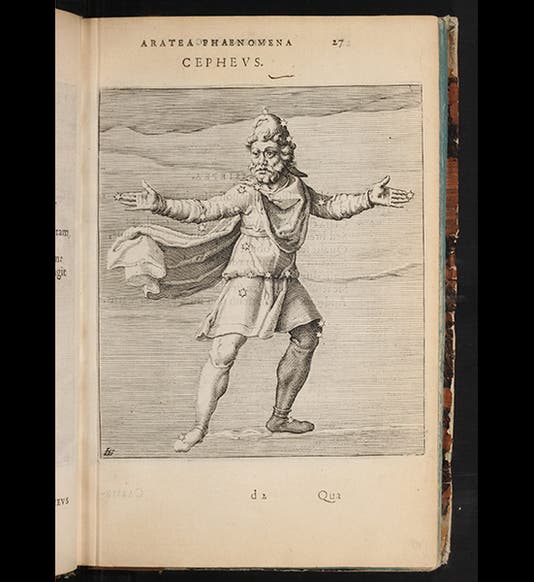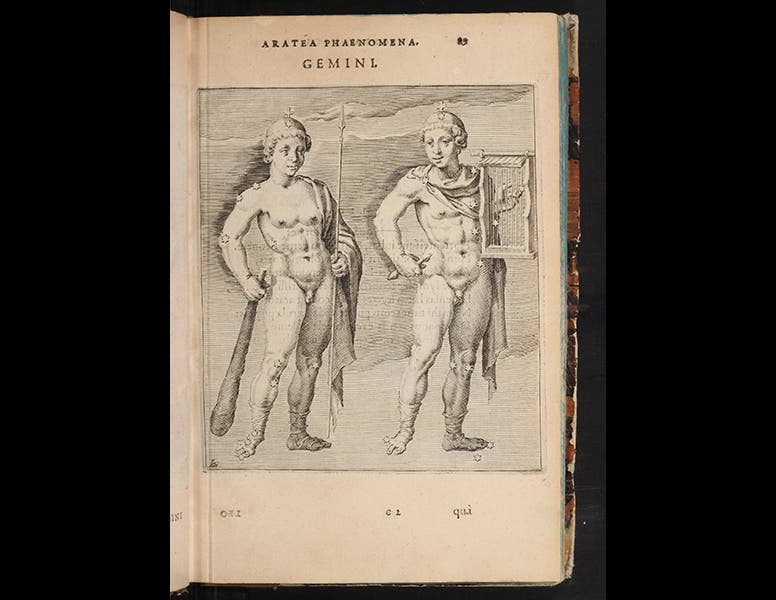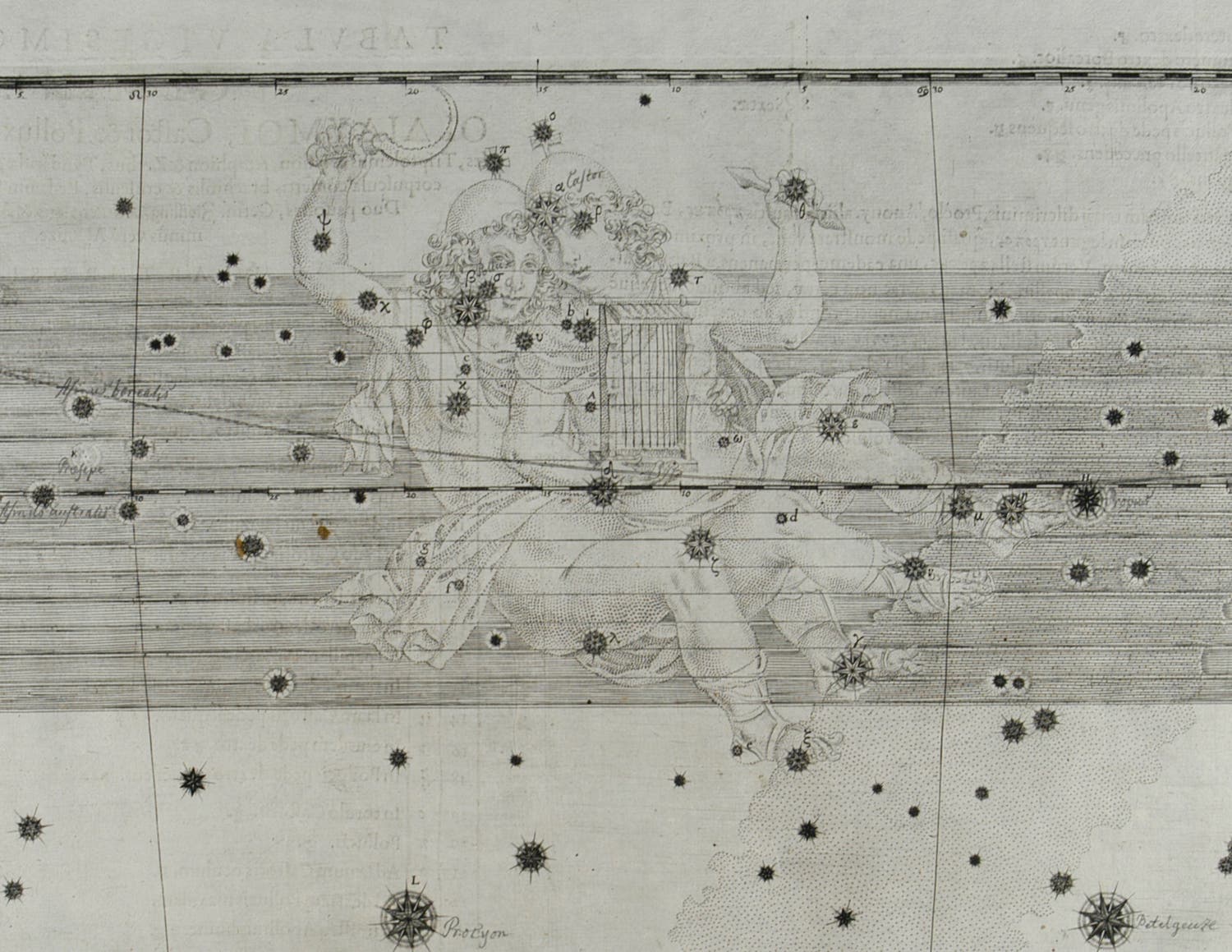Scientist of the Day - Hugo Grotius

Linda Hall Library
Hugo Grotius, a Dutch scholar, was born Apr. 10, 1583. In 1600, when only 17 years old, Grotius published his second book, an edition of an ancient astronomical treatise, the Phaenomena, by Aratus, with commentary by Germanicus. What makes this book special is the manuscript on which it is based. Grotius had somehow acquired an illuminated copy of Aratus's text, produced around 816 AD. The manuscript had 35 "miniatures" of the constellations, which are in fact full-page paintings. Grotius had these illustrations copied as engravings by the great Dutch engraver, Jacobus de Gheyn and then printed in his book. We see above the constellation Cepheus in Grotius's Arataea (first image), and the manuscript painting on which it was based (second image). The third image depicts Grotius's engraving of Andromeda.
Grotius's Arataea was a very important work in the history of celestial cartography, because the engravings in Grotius's book would be used by Johann Bayer when he fashioned his Uranometria (1603), the first modern star atlas. The resemblance between Grotius's version of Gemini (fourth image) and that of Bayer (fifth image) is apparent; the same is true for many other images. We have both Grotius's Aratea and Bayer's Uranometria in our History of Science collection.
The portrait of Grotius is from the portrait book compiled by Isaac Bullart, Academie des sciences et des arts (1682). The medieval manuscript from which Grotius drew his images passed into the possession of Queen Christina of Sweden, and then to Isaac Vossius. Vossius's collection was then acquired by the University of Leiden, in whose library it still resides; it is known as MS Voss. lat. Q79.
Dr. William B. Ashworth, Jr., Consultant for the History of Science, Linda Hall Library and Associate Professor, Department of History, University of Missouri-Kansas City. Comments or corrections are welcome; please direct to ashworthw@umkc.edu.











